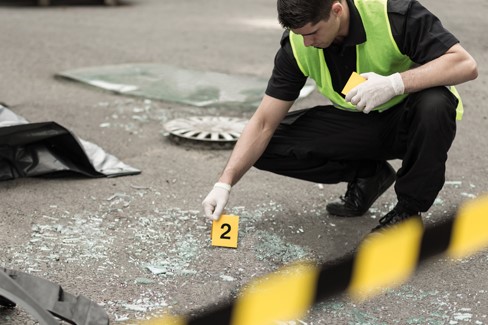Road toll climb continues
Australia’s peak motoring group is calling for a major shift in Australia’s road safety strategy in response to new figures showing the nation’s road safety crisis is worsening, with 1,324 people killed on our roads in the year to January 31 – up 6 per cent from the same period a year earlier.

The latest Bureau of Infrastructure and Transport Research Economics statistics show 114 people died on Australian roads in January – the deadliest January since 2019.
This follows 2024 being the deadliest year on Australian roads since 2012, and Australia recording four consecutive years of road death increases for the first time since the 1960s.
The January statistics show deaths rose sharply for motorcyclists (up 18.9%) and cyclists (55.2%).
| Jurisdiction | Road deaths in 12 months to 31 January 2024 | Road deaths in 12 months to 31 January 2025 | Increase | Percentage increase |
| NSW | 350 | 333 | -17 | -4.9% |
| VIC | 284 | 298 | 14 | 4.9% |
| QLD | 274 | 309 | 35 | 12.8% |
| SA | 110 | 99 | -11 | -10% |
| WA | 160 | 180 | 20 | 12.5% |
| TAS | 34 | 34 | 0 | 0% |
| NT | 33 | 61 | 28 | 84.8% |
| ACT | 4 | 10 | 6 | 150% |
| AUSTRALIA | 1,249 | 1,324 | 75 | 6% |
Source: Bureau of Infrastructure and Transport Research Economics statistics.
AAA Managing Director Michael Bradley said Australian governments must accept the National Road Safety Strategy 2021-30 (NRSS) – with its target of halving deaths by 2030 – is wildly off track and that new initiatives are desperately needed.
The AAA is calling for the Commonwealth Government to introduce no-blame investigations into road trauma, a measure that was recommended by the Government’s review of the failed 2011-2020 NRSS, and which is described in the current strategy, but is yet to be enacted.
“The Federal Government already conducts no-blame investigations into crashes of aircraft, trains and boats, but death and injury from road crashes far exceeds that of these other transport modes,’’ Mr Bradley said.
“No-blame investigation of road crashes would complement existing police investigations, but rather than focusing on individual blame, these investigations look at the systemic issues that can be addressed to prevent future trauma.’’
Mr Bradley said no-blame investigations for road transport were widely used overseas in countries such as the United States, Denmark, Finland, the Netherlands, Norway and Sweden.
“It’s a commonsense approach that has strong support among safety advocates in Australia,’’ he said. “Both sides of politics should commit to the idea ahead of the upcoming federal election.’’
The AAA is also calling for the Federal Government to lock in greater use of road safety data to better understand the causes of road trauma by requiring states seeking federal road grants to produce safety ratings on roads subject to their funding applications.
Mr Bradley said the Australian Road Assessment Program (AusRAP) was used to rate roads for safety on a five-star scale and that use of these ratings should be baked into the road investment assessment system.
“Using safety ratings to help guide road investment will save lives and also demonstrate whether politicians are investing in roads to save lives or win votes in marginal electorates,” he said.